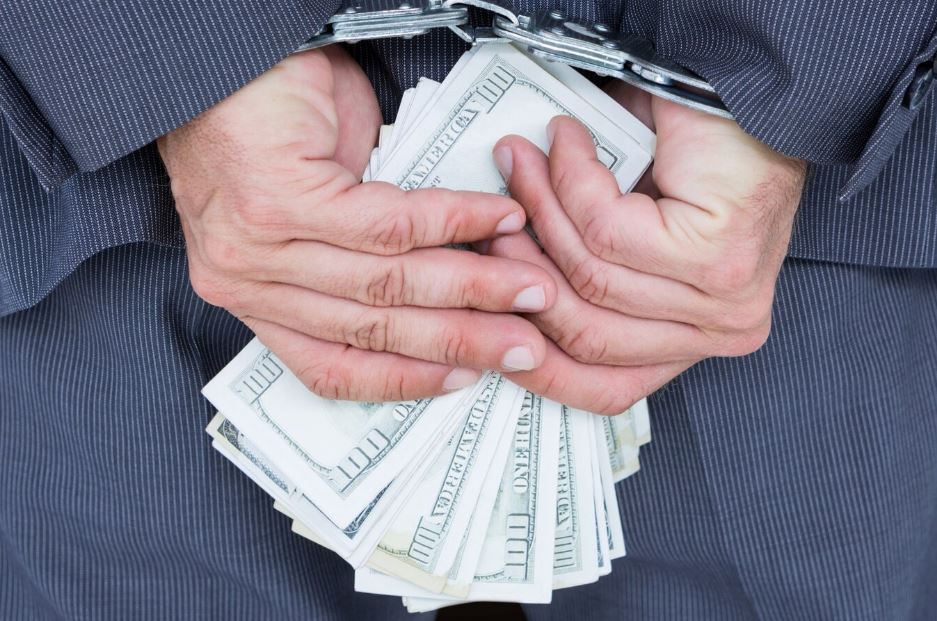
Despite his notorious tax evasion, most people are unaware of how Al Capone’s financial activities revolutionized the idea of contemporary money laundering. These days, money laundering is more than just a criminal strategy; it’s a sophisticated financial dance meant to hide billions of illicit dollars. From laundromats to luxury condos, casino chips to NFTs, laundered funds travel through ingenious disguises that bear a striking resemblance to the way digital viruses change to avoid detection.
Criminals expertly turn corrupted money into legal assets by taking advantage of intricate and international loopholes. The first step in this change is placement, which involves bringing illegal money into the economy, frequently through cash-heavy establishments like restaurants or car washes. Next is layering, a technique characterized by offshore accounts, wire transfers, and shell companies intended to obfuscate the evidence. The money then re-enters the market as refined investments, such as stocks, real estate, or even yachts, during integration.
| Key Details About Money Laundering | Description |
|---|---|
| Definition | Concealing the origin of illicitly obtained money |
| Main Stages | Placement, Layering, Integration |
| Key Sectors Involved | Banking, Real Estate, Casinos, Art, Shell Companies |
| Legal Definition (US) | Financial transactions to disguise illegally gained money |
| Global Annual Estimate (UNODC) | $800 Billion to $2 Trillion |
| Key Legislation | Bank Secrecy Act (1970), Money Laundering Control Act (1986), USA PATRIOT Act |
| Recent Trends | Use of cryptocurrency, online gambling, art storage |
| Major Enforcement Bodies | FinCEN (US), FATF (Global), EU AML Taskforce |
| Risk Hotspots | Southeast Asia, Offshore Banking Centers, Online Marketplaces |
| Example Case Studies | HSBC ($1.9B fine), BNP Paribas ($8.9B fine), Huione Group (FinCEN alert) |
The techniques used for laundering have changed significantly over the last 20 years. Because digital tokens can travel across continents in a matter of seconds and leave only encrypted traces, cryptocurrencies have emerged as the preferred weapon of cybercriminals in recent years. Although blockchain is transparent by design, its pseudonymous nature makes it extremely useful for hiding ownership, particularly when paired with tumblers and mixers that disrupt and reroute transaction flows.
Celebrities and other prominent people face more than just reputational risk. The art industry provides a particularly creative channel for money laundering because of its opaque valuations and anonymous purchasers. Artworks can remain unregistered and untaxed for years thanks to the privacy of private vaults and freeports. Both American and European watchdogs have expressed concern about this. Although there were never any charges brought against him directly, rapper Lil Wayne was once the subject of inquiries about transactions made through offshore middlemen.
As criminal organizations changed their tactics during the pandemic, new types of laundering surfaced. The use of digital platforms increased, and sites like freelance marketplaces, online auctions, and gambling applications became popular instruments for money laundering. Bad actors were able to drastically reduce traceability by combining blockchain technology with global e-wallets. Influencers on social media were inadvertently drawn into affiliate fraud schemes, occasionally endorsing goods associated with shadow companies.
Banks are currently under constant pressure in the context of financial surveillance. The Financial Crimes Enforcement Network (FinCEN) of the U.S. Treasury has enforced very explicit rules, requiring that all suspicious activity be reported through SARs (Suspicious Activity Reports). This method has proven especially useful for interfering with important operations before integration is finished. However, significant institutions have still been fined in spite of these policies. One of the biggest banks in the world, HSBC, was fined $1.9 billion after it was discovered to be aiding drug cartel money laundering. At $8.9 billion, the penalties for BNP Paribas were even harsher.
Laundering has been industrialized by Latin American cartels and Chinese triads. Chinese networks have used underground banking systems to help Mexican drug lords launder money over the last ten years. These secret money transfers, which completely circumvent conventional channels, are frequently completed through WeChat or Alipay, consumer-facing platforms that are abused for illegal transactions. These networks conceal their activities within regular transactions by working with respectable businesses.
Additionally, trade-based laundering has grown, using fictitious invoices and inflated customs declarations to support cross-border money transfers. A recent EU investigation revealed that a number of luxury car exporters engaged in double-invoicing, selling cars at greatly inflated prices on paper in order to syphon off millions of dollars in debt repayments.
In the meantime, the real estate industry remains a popular avenue for money laundering. In order to launder profits, properties are purchased through shell corporations, held for years, and then sold at exorbitant prices. Entire blocks have been associated with foreign capital of questionable origin in places like Vancouver, Miami, and London. These investments acquire a respectable shine while eliminating any association with criminal activity through strategic alliances with lawyers, accountants, and brokers.
It is still a huge challenge for policymakers. The Financial Action Task Force (FATF) has significantly enhanced transparency practices in all of its member countries. There are still enforcement gaps, though. In areas with little oversight, like digital assets, decentralized finance (DeFi), and the metaverse economy, money laundering flourishes. Regulating these industries will be of utmost importance in the years to come, especially as younger businesspeople adopt crypto-centric business models.
Regulators are trying to plug gaps that were previously thought to be untouchable through targeted legislation and closer cross-border cooperation. For example, Australia’s AUSTRAC now provides real-time analysis of all electronic financial movements. Future legislation may need to address AI-driven laundering algorithms, but the Bank Secrecy Act and the Patriot Act still serve as the legal foundation in the US.
